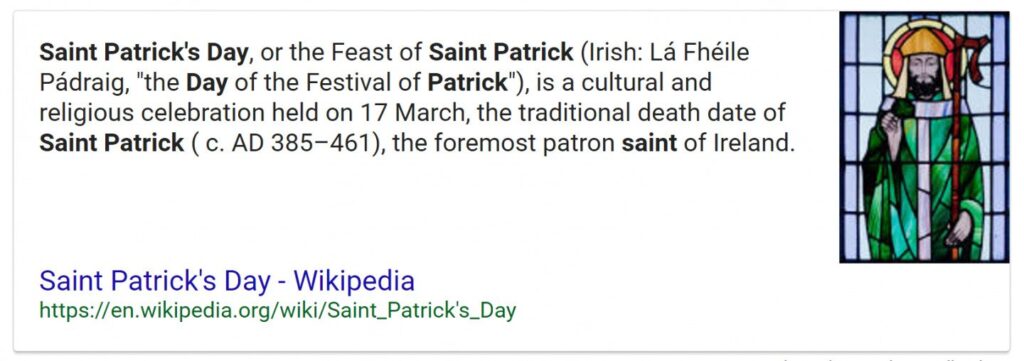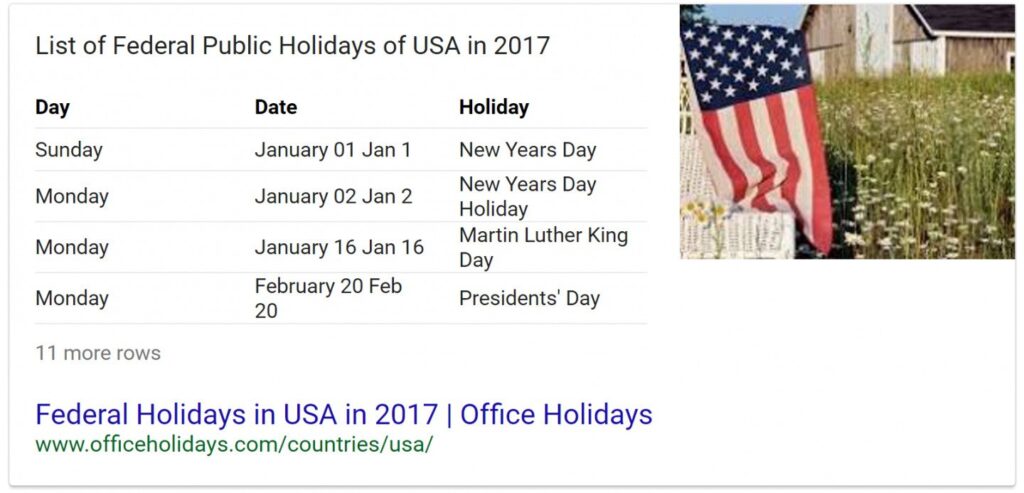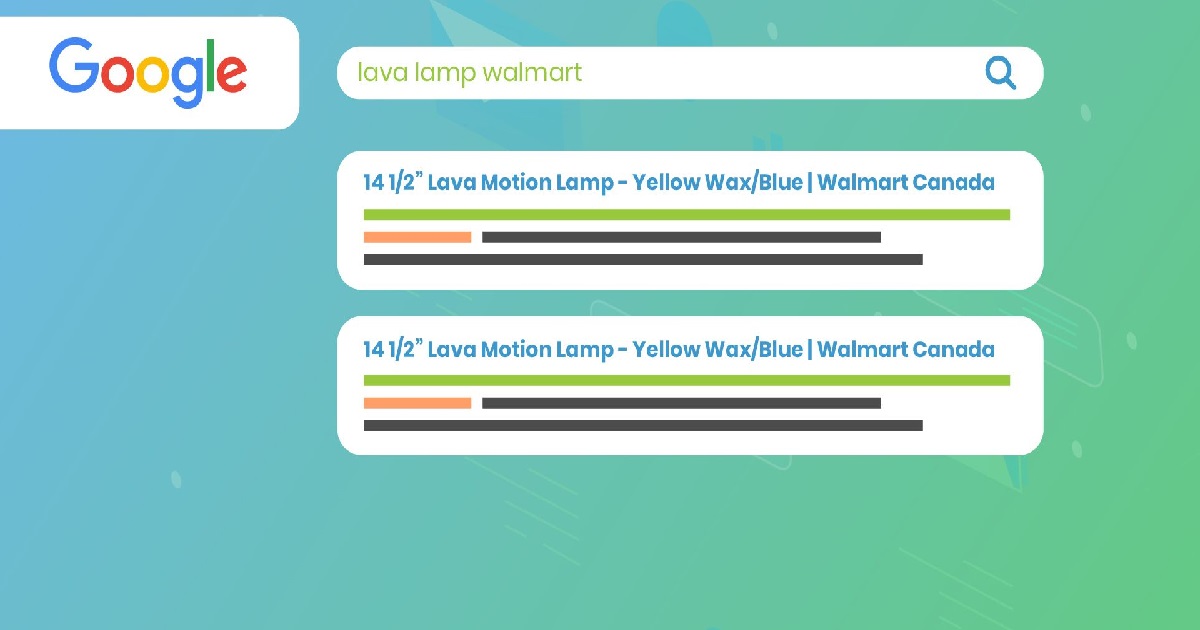Rich snippets, rich cards, charts and knowledge panels, schema.org, JSON-LD, featured snippets, featured features, Richie Rich, KEVIN BACON!
Wait, that was over six degrees …
There is a lot of terminology about the different ways that search engines, in particular Google, display their search results. Two of the most confusing are the passages, both rich and featured.
Difference Between A Rich Snippet And A Featured Snippet
Simply put, a rich snippet is an enhanced organic search result, and a featured snippet is a response to a query that appears above organic search results at position zero.
Where do Snippets Come From?
Well, when a search engine loves their structured data very much …
For many years, the algorithms of the major search engines have constantly improved their ability to recognize and understand the content of your … content …
But when you use structured data to tag content on your site, you are helping machines better understand exactly what is on the page so that the information can be displayed in search results.
With structured data, you can proactively specify your content and information so you don’t have to rely on an AI’s interpretation of the information your site provides. If you take the time to make these adjustments in HTML, you can get search results from

To

To be clear, tagging structured data and succeeding in generating a rich snippet will not put your site at the top of the SERPs. However, they will encourage more clicks to your site, providing more useful information for search engines on a results page.
In the super competitive local SEO game, there are huge benefits to flagging structured data, as well as in ecommerce, or really anyone with specific products to sell.
As for the difficulty: Rich snippets are the easiest to acquire. Just mark all your important data in HTML, wait and hope.
Featured Snippets Are Far More Elusive
First, if you want to reach the hallowed ground that is position zero, you will have to answer the researcher’s question with a quality that exceeds the pack. The snippets shown are designed to present the best answer to a question above all other organic results and are taken directly from a web page, along with a link to the referring page, the original page title, and the URL.
A few things to keep in mind when searching for featured snippets:
Featured snippets often appear for some of the most competitive inquiries. If your best page for the topic or question is not yet on the first page of the major search engines, don’t have high hopes of hitting zero.
Titles are important! Use H1 to ask the question you are answering on the page. So, for example, use H2 for people asking potential questions as well. What better way to show your relevance to a query than to answer more related questions?
The featured snippets appear in three different forms (paragraphs, lists, and tables), depending on the question and the format of the answer. So make sure you cover the basics and format your tables as a table and your lists as ol or ul.
Search engines can digest and reformat your content to answer the question, not every featured snippet will use this format. But these basic HTML tags are a best practice, so why not?
Paragraph Featured Snippet:

List Featured Snippet:

Table Featured Snippet:

While we SEOs look for the last shiny thing at the end of a toothpick that contains bits of prominence, try to remember that without good, useful content, none of this matters. Write and create content for people first and you will usually be rewarded.
